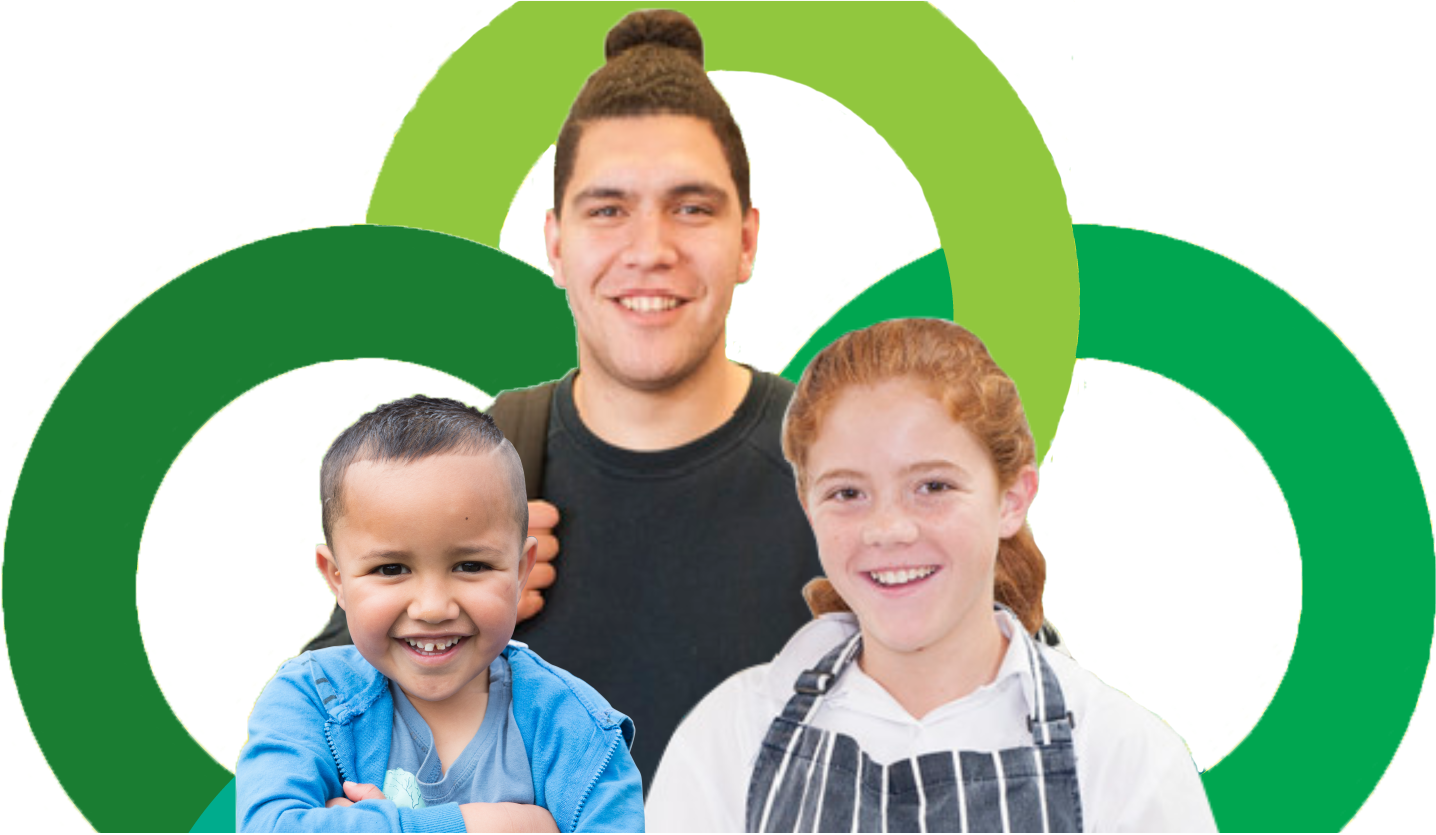
As part of their involvement in a continuum of learning opportunities gifted learners transition within and across classrooms, schools and communities. It is important to remember that there are three parties involved in the learning of gifted learners; the learner, their parents/whānau and the teacher(s).
A transition process that actively involves the key stakeholders (gifted learner, their parents/whānau and teachers and staff of the relevant schools) is conducive to learners’ needs being identified and subsequent provisions to meet these needs being implemented in a coherent, responsive and inclusive manner. Successful transitioning ensures seamless learning pathways for gifted learners.
For each transition, there needs to be a coherent process to ensure that the needs of the gifted learner continue to be identified and successfully provided for. One of the most important components of the transition process involves key stakeholders building relationships and developing a shared understanding of giftedness, the needs of the gifted learner and the appropriate provisions to meet these needs. This ensures that a responsive approach will be undertaken to recognise, value and develop the gifted learner’s potential and performance.
These shared understandings can be developed if:
To support the successful transitioning of gifted learners, contributing schools can communicate information to receiving schools in the following ways:
Gallagher, G. (2008).
(Council for Exceptional Children)
Teachers transitioning between classes Carlyon, T. (2013).
PDF, 1.69 MBGifted children’s relationships with teachers
PDF, 141.09 KBRutherford College Gifted and Talented Overview of Identification Process. Ministry of Education (2012).
PDF, 187.62 KB